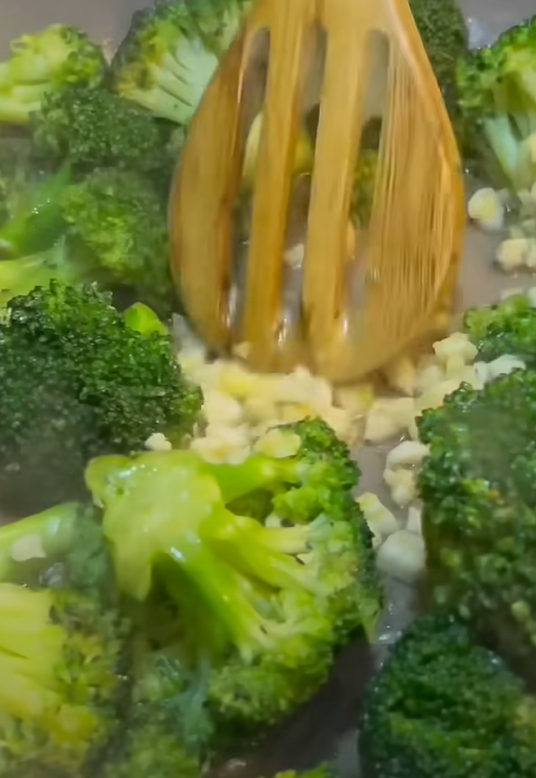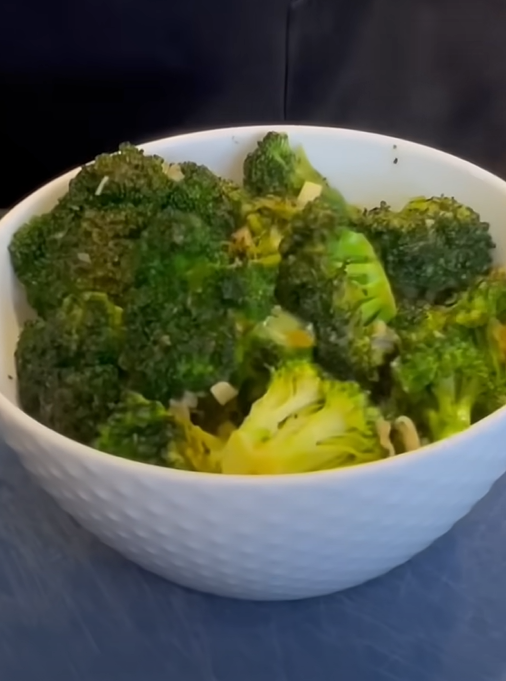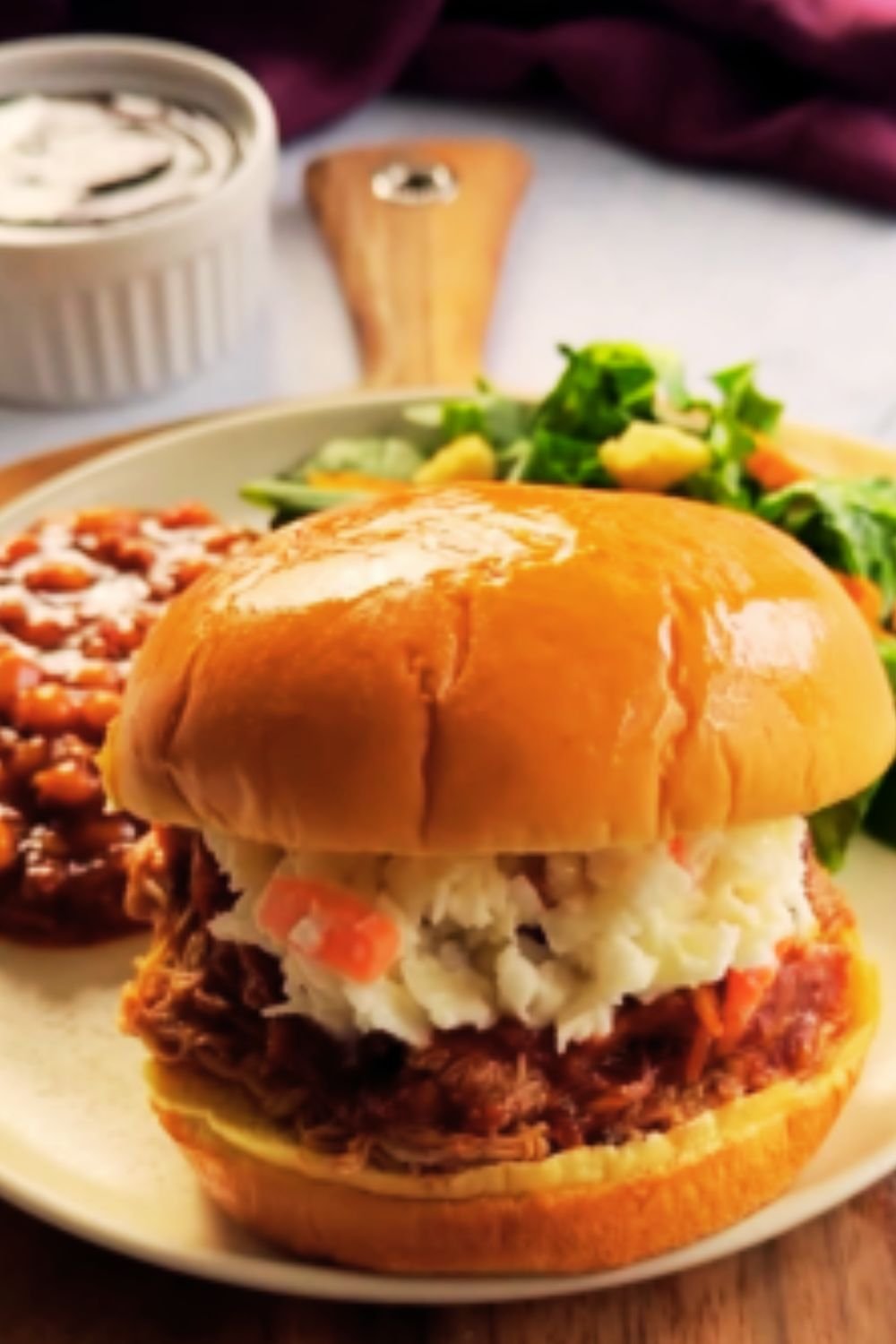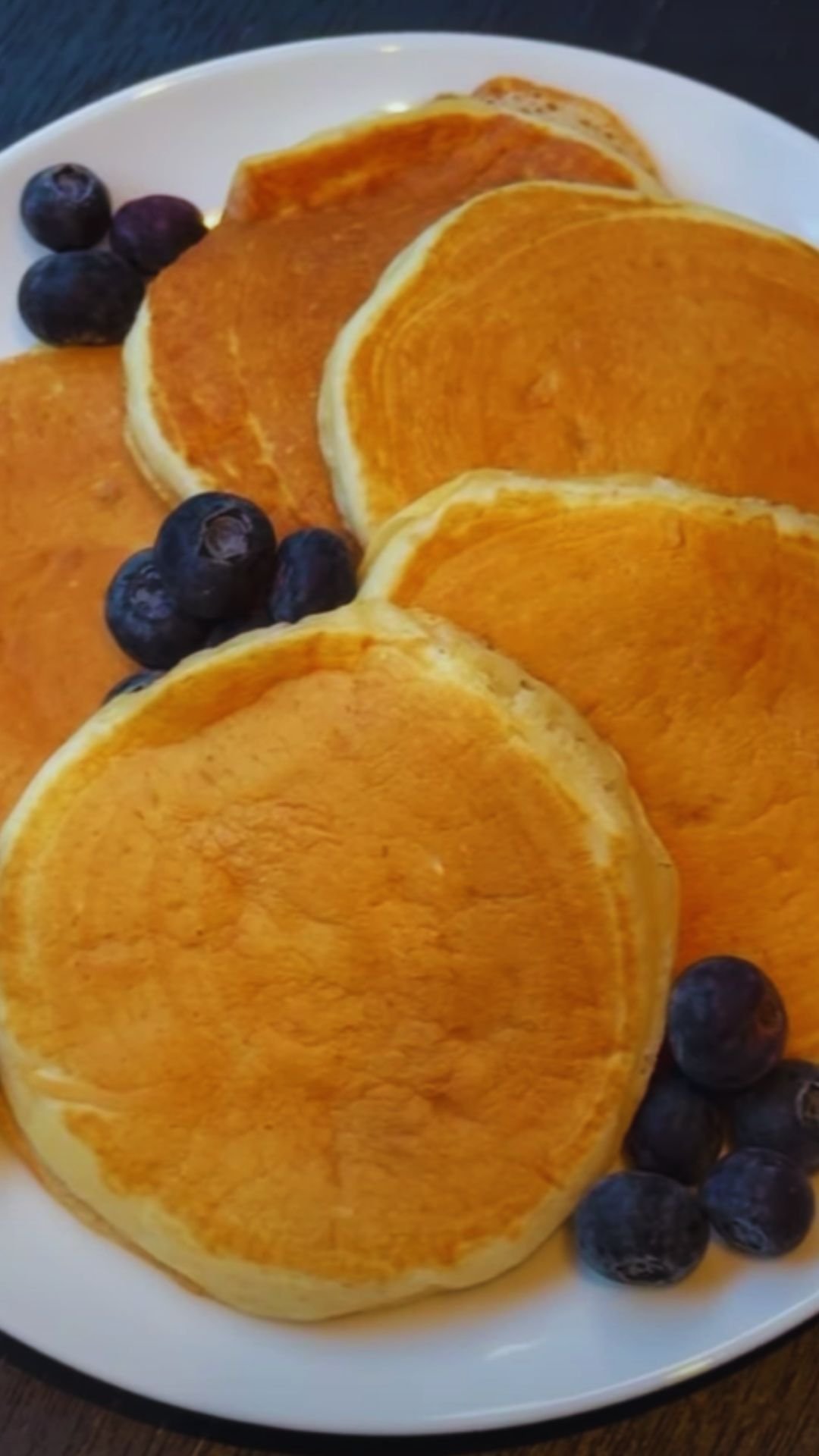I’ve been experimenting with creative cookie recipes for years, and nothing quite captures the joy and whimsy of baking like these Big Blue Monster Stuffed Cookies. These aren’t your ordinary cookies – they’re thick, chewy, vibrant blue creations that hide delicious surprises inside. Whether you’re baking for a children’s party, looking to add some fun to your dessert table, or simply want to unleash your inner cookie monster, this recipe will become your new favorite.
The beauty of these cookies lies not just in their striking blue appearance, but in their incredible texture and the element of surprise when you bite into them. I’ve perfected this recipe through countless batches, tweaking everything from the dough consistency to the stuffing combinations to bring you something truly special.
What Makes These Cookies Special
Big Blue Monster Stuffed Cookies are oversized, soft-baked cookies with a distinctive blue color that immediately catches the eye. The “stuffed” element refers to the delicious fillings hidden within each cookie – from chocolate chips and marshmallows to cookie pieces and candies.
Monster Cookies traditionally refer to large, loaded cookies packed with various mix-ins, but my version takes this concept further by incorporating the beloved blue color associated with everyone’s favorite cookie-loving character.
Stuffed Cookie Technique involves creating a pocket or cavity within the cookie dough to hold additional ingredients, creating a surprise element that makes each bite more exciting than the last.
Essential Ingredients Breakdown
Base Cookie Dough Components
| Ingredient | Quantity | Purpose | Substitution Options |
|---|---|---|---|
| All-purpose flour | 2¾ cups | Structure and texture | Can substitute up to ½ cup with cake flour for softer texture |
| Butter (unsalted) | 1 cup (2 sticks) | Fat content and flavor | Margarine or coconut oil (¾ cup) |
| Brown sugar (packed) | 1 cup | Moisture and chewiness | Coconut sugar or white sugar |
| Granulated sugar | ½ cup | Sweetness and spread | Caster sugar works well |
| Large eggs | 2 | Binding and structure | Flax eggs (2 tbsp ground flaxseed + 6 tbsp water) |
| Vanilla extract | 2 tsp | Flavor enhancement | Almond extract (use half amount) |
| Baking soda | 1 tsp | Leavening agent | Baking powder (2 tsp) |
| Salt | 1 tsp | Flavor balance | Sea salt or kosher salt |
Blue Coloring and Special Additions
| Component | Amount | Function | Notes |
|---|---|---|---|
| Blue food coloring (gel) | 1-2 tsp | Vibrant blue color | Gel works better than liquid |
| Cornstarch | 2 tbsp | Texture improvement | Creates chewier consistency |
| Instant pudding mix (vanilla) | 1 package (3.4 oz) | Extra moisture and flavor | Sugar-free versions work too |
Stuffing Options
| Stuffing Type | Recommended Amount | Texture Contribution |
|---|---|---|
| Mini chocolate chips | 1 cup | Melty sweetness |
| Mini marshmallows | ¾ cup | Gooey texture |
| Crushed chocolate sandwich cookies | 1 cup | Crunchy contrast |
| Caramel pieces | ½ cup | Chewy richness |
| White chocolate chunks | ¾ cup | Creamy sweetness |
| Sprinkles (blue and white) | ½ cup | Color and crunch |
Step-by-Step Baking Process
Preparation Phase
I always start by getting my workspace organized. Preheat your oven to 350°F (175°C) and line two large baking sheets with parchment paper. This temperature works perfectly for achieving that ideal balance between a set exterior and soft, chewy interior.
Room temperature ingredients mix more easily and create better texture, so I recommend taking your butter and eggs out about an hour before baking. If you’re in a hurry, you can soften butter quickly by cutting it into small pieces.
Creating the Perfect Dough
Begin by creaming the butter with both sugars in a large mixing bowl. I use my stand mixer on medium speed for about 3-4 minutes until the mixture becomes light and fluffy. This step is crucial because proper creaming incorporates air, which contributes to the cookie’s final texture.
Add the eggs one at a time, beating well after each addition. Then mix in the vanilla extract. The mixture might look slightly curdled at this point, but don’t worry – this is completely normal.
In a separate bowl, whisk together the flour, cornstarch, instant pudding mix, baking soda, and salt. I’ve found that whisking dry ingredients separately ensures even distribution and prevents overmixing later.
Gradually add the dry ingredients to the wet mixture, mixing on low speed just until combined. Overmixing develops too much gluten, resulting in tough cookies rather than the tender texture we’re after.
Achieving the Perfect Blue Color
Here’s where the magic happens. Add your blue food coloring gradually, starting with just a few drops if using liquid coloring, or about ½ teaspoon if using gel coloring. I prefer gel coloring because it provides more vibrant color without adding extra liquid to the dough.
Mix until you achieve your desired shade of blue. Remember, the color will appear slightly less intense after baking, so aim for a shade that’s slightly more vibrant than your target result.

Assembly and Stuffing Technique
This is where these cookies truly become special. I’ve developed a technique that ensures the stuffing stays inside while baking:
Take about 3 tablespoons of dough and flatten it in your palm. Place your chosen stuffing mixture (about 1-2 tablespoons) in the center, then take another 2 tablespoons of dough and carefully seal it around the stuffing.
Roll the assembled cookie gently between your palms to create a smooth ball, making sure all seams are sealed. The cookies should be quite large – about the size of a golf ball or slightly larger.
Place the cookies on your prepared baking sheets, leaving about 3 inches between each cookie. They’ll spread during baking, and you want to give them room to achieve that perfect shape.
Baking to Perfection
Bake for 11-13 minutes, or until the edges are set but the centers still look slightly underbaked. This timing is critical – overbaked cookies become hard rather than maintaining that perfect chewy texture.
The cookies will continue cooking on the hot pan after removal from the oven, so don’t be tempted to bake them longer if they look slightly soft in the center.
Let them cool on the baking sheet for 5 minutes before transferring to a wire rack. This brief cooling period allows them to set properly without breaking apart.
Troubleshooting Common Issues
Dough Consistency Problems
| Issue | Cause | Solution |
|---|---|---|
| Dough too sticky | Too much liquid or warm ingredients | Chill dough for 30 minutes |
| Dough too dry | Not enough fat or overmixed | Add 1-2 tbsp softened butter |
| Color too light | Insufficient coloring | Add more gel coloring gradually |
| Cookies spreading too much | Dough too warm or too much butter | Chill shaped cookies before baking |
Baking Challenges
Sometimes the stuffing leaks out during baking. This usually happens when the dough isn’t sealed properly or when there’s too much stuffing. I’ve learned to be generous with the dough coverage and to pinch all seams firmly.
If your cookies are coming out too flat, your oven temperature might be too low, or your baking soda might be expired. Fresh baking soda makes a significant difference in achieving proper rise and texture.
Storage and Serving Suggestions
Proper Storage Methods
These cookies stay fresh when stored in an airtight container at room temperature for up to one week. I like to place a piece of bread in the container – it helps maintain moisture and keeps the cookies soft.
For longer storage, you can freeze the baked cookies for up to three months. Wrap them individually in plastic wrap, then place in a freezer bag. Thaw at room temperature for about 30 minutes before serving.
The raw dough also freezes beautifully. Shape the stuffed cookies, place them on a baking sheet, and freeze until solid. Transfer to freezer bags and bake directly from frozen, adding 1-2 extra minutes to the baking time.
Creative Serving Ideas
I love serving these cookies as part of a dessert buffet where their vibrant blue color really stands out. They’re perfect for:
- Children’s birthday parties
- Baby showers (especially for boys)
- Cookie exchanges
- School bake sales
- Theme parties
- Holiday celebrations with a twist
For special occasions, I sometimes drizzle them with white chocolate or dust them with powdered sugar to create a beautiful contrast against the blue color.
Nutritional Information and Dietary Modifications
Standard Recipe Nutrition (Per Cookie)
| Nutrient | Amount | % Daily Value |
|---|---|---|
| Calories | 285 | 14% |
| Total Fat | 12g | 18% |
| Saturated Fat | 7g | 35% |
| Cholesterol | 35mg | 12% |
| Sodium | 220mg | 9% |
| Total Carbohydrates | 42g | 14% |
| Dietary Fiber | 1g | 4% |
| Sugars | 28g | – |
| Protein | 4g | 8% |
Dietary Adaptations
For those with dietary restrictions, I’ve successfully modified this recipe several ways:
Gluten-Free Version: Replace all-purpose flour with a 1:1 gluten-free flour blend. Add an extra ¼ teaspoon of xanthan gum if your blend doesn’t include it.
Dairy-Free Option: Substitute butter with vegan butter or coconut oil (¾ cup). Use dairy-free chocolate chips and marshmallows for stuffing.
Reduced Sugar: You can reduce the granulated sugar by half without significantly affecting texture, though the cookies will be less sweet and may not spread as much.
Egg-Free Alternative: Replace eggs with flax eggs or commercial egg replacer following package directions.
Advanced Techniques and Variations
Flavor Variations
While the classic blue monster version is my favorite, I’ve experimented with several delicious variations:
Green Monster Cookies: Use green food coloring and stuff with mint chocolate chips and crushed chocolate mint cookies.
Purple Monster Cookies: Purple coloring with white chocolate and grape-flavored candies creates an interesting twist.
Rainbow Monster Cookies: Divide the dough into portions, color each differently, and marble them together for a rainbow effect.
Professional Tips for Perfect Results
After making hundreds of these cookies, I’ve discovered several techniques that consistently produce bakery-quality results:
Temperature control is everything. I use an oven thermometer to ensure accuracy, as many home ovens run hot or cold. The dough temperature also matters – slightly chilled dough holds its shape better during baking.
Measuring ingredients by weight rather than volume produces more consistent results. If you have a kitchen scale, use it for the flour, sugars, and butter.
The quality of your food coloring makes a significant difference. Professional gel colorings provide much more vibrant results than liquid colorings and don’t affect the dough consistency.
Questions and Answers
Q. Why do my cookies turn out flat instead of thick and chewy?
This usually happens because the dough is too warm when it goes into the oven, or there’s too much butter in the recipe. I recommend chilling your shaped cookies for 15-20 minutes before baking, and make sure you’re measuring your butter accurately. Also, check that your baking soda is fresh – expired leavening agents won’t provide proper lift.
Q. Can I make these cookies without the blue coloring?
Absolutely! The cookies will taste exactly the same without the coloring – they’ll just look like regular chocolate chip cookies. You could also experiment with other colors or even leave them natural and add colored sprinkles for visual interest.
Q. What’s the best way to prevent the stuffing from leaking out during baking?
The key is proper sealing technique. Make sure you have enough dough to completely encase the filling, and pinch all seams firmly. Don’t overstuff – about 1-2 tablespoons of filling per cookie is the sweet spot. Also, avoid using ingredients that melt too quickly, like regular-sized chocolate chips.
Q. How do I know when the cookies are done baking?
Look for edges that are set and lightly golden, while the centers still appear slightly underbaked and soft. They should not look wet or shiny in the center, but they shouldn’t be completely firm either. Remember, they’ll continue cooking on the hot pan after removal from the oven.
Q. Can I make smaller versions of these cookies?
Yes, but you’ll need to adjust the baking time. For smaller cookies, use about 1 tablespoon of dough with a smaller amount of filling, and reduce the baking time to 8-10 minutes. The stuffing technique remains the same, just scaled down proportionally.
Q. Why does my blue color look different after baking?
Food coloring can fade slightly during the baking process due to heat exposure. This is normal and expected. To compensate, I usually make the raw dough color slightly more intense than my target finished color. Gel colorings tend to hold their color better than liquid versions.
Q. What’s the secret to getting that perfect chewy texture?
Several factors contribute to the ideal texture: don’t overbake (they should look slightly underdone when you remove them), use the right ratio of brown sugar to white sugar (brown sugar adds moisture), and include the cornstarch and pudding mix, which help create that tender, chewy consistency.
Q. Can I prepare the dough ahead of time?
The dough actually improves with some chilling time. You can prepare it up to 2 days ahead and store it covered in the refrigerator. Let it come to room temperature for about 20 minutes before shaping and baking. You can also freeze shaped cookies for up to 3 months and bake them directly from frozen.
These Big Blue Monster Stuffed Cookies represent everything I love about creative baking – they’re visually striking, deliciously satisfying, and bring joy to everyone who tries them. The combination of that perfect chewy texture, vibrant blue color, and surprise stuffing makes them unforgettable treats that consistently impress both kids and adults alike.
The recipe might seem complex at first, but once you master the basic technique, you’ll find endless opportunities for creativity and customization. Whether you’re baking for a special occasion or just want to add some whimsy to your week, these cookies deliver on both appearance and taste in ways that never fail to bring smiles to faces around your table.



